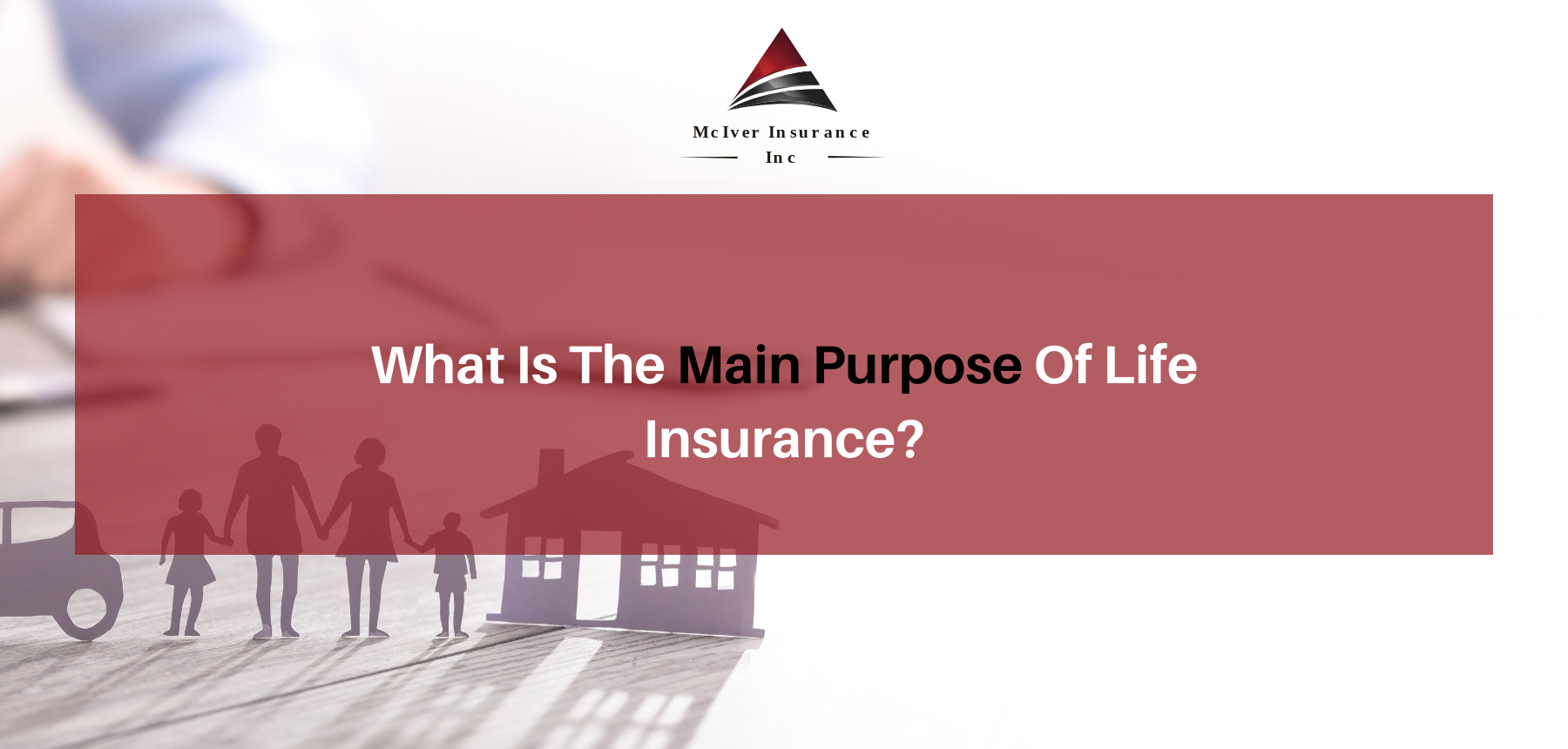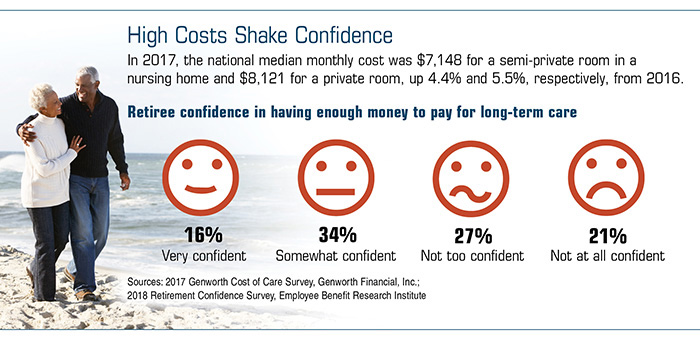Our Pacific Prime PDFs
Our Pacific Prime PDFs
Blog Article
The 7-Second Trick For Pacific Prime
Table of ContentsPacific Prime - TruthsPacific Prime Fundamentals Explained4 Simple Techniques For Pacific PrimeThe Of Pacific PrimeThe Ultimate Guide To Pacific Prime

This is since the information were accumulated for a duration of strong financial performance. Of the estimated 42 million individuals who were uninsured, just about about 420,000 (regarding 1 percent) were under 65 years old, the age at which most Americans end up being qualified for Medicare; 32 million were grownups between ages 18 and 65, about 19 percent of all grownups in this age; and 10 million were kids under 18 years old, about 13.9 percent of all kids (Mills, 2000).
These price quotes of the number of individuals without insurance are generated from the annual March Supplement to the Existing Population Survey (CPS), carried out by the Demographics Bureau. Unless otherwise noted, nationwide estimates of people without medical insurance and proportions of the populace with various sort of protection are based upon the CPS, one of the most extensively used source of quotes of insurance policy protection and uninsurance prices.
The Basic Principles Of Pacific Prime

Still, the CPS is particularly helpful because it produces yearly price quotes reasonably swiftly, reporting the previous year's insurance policy coverage estimates each September, and due to the fact that it is the basis for a regular set of estimates for greater than two decades, permitting analysis of patterns in protection in time. For these reasons, along with the considerable usage of the CPS in other researches of insurance policy coverage that are presented in this record, we rely upon CPS estimates, with constraints noted.

The quote of the number of without insurance people broadens when a population's insurance policy condition is tracked for several years. Over a three-year period starting early in 1993, 72 million individuals, 29 percent of the united state populace, were without coverage for a minimum of one month. Within a solitary year (1994 ), 53 million people experienced at least a month without insurance coverage (Bennefield, 1998a)
6 out of every ten without insurance grownups are themselves utilized. Functioning does improve the chance that one and one's household members will certainly have insurance coverage, it is not a guarantee. Also members of family members with two permanent breadwinner have almost a one-in-ten opportunity of being uninsured (9.1 percent without insurance rate) (Hoffman and Pohl, 2000).
Some Known Factual Statements About Pacific Prime
New immigrants represent a substantial percentage of individuals without wellness insurance coverage. One analysis has associated a substantial portion of the recent development in the dimension of the united state uninsured population to immigrants that got here in the nation between 1994 and 1998 (Camarota and Edwards, 2000). Recent immigrants (those who pertained to the USA within the previous 4 years) do have a high rate of being uninsured (46 percent), however they and their kids make up simply 6 percent of those without insurance nationally (Holahan et al., 2001).
The connection in between medical insurance and accessibility to care is well established, as documented later in this chapter. Although the relationship between medical insurance and wellness end results is neither straight neither straightforward, an extensive medical and health and wellness services research study literature links health insurance policy protection to better accessibility to care, far better high quality, and boosted individual and populace health and wellness condition.
Levels of evaluation for taking a look at the effects of uninsurance. It concentrates specifically on those without any kind of health and wellness insurance policy for any type of size of time.
3 Easy Facts About Pacific Prime Described
The issues faced by the underinsured are in some aspects comparable to those encountered by the without insurance, although they are usually less severe. global health insurance. Uninsurance and underinsurance, nonetheless, entail clearly various plan concerns, and the approaches for resolving them might vary. Throughout this research study and the five reports to follow, the main focus is on persons with no medical insurance and hence no help in spending for healthcare past what is readily available via charity and safety and security web establishments
Wellness insurance coverage is a powerful variable affecting receipt of treatment since both clients and physicians reply to the out-of-pocket cost of services - https://pacificpr1me.blog.ss-blog.jp/2024-04-03?1712088442. Health and wellness insurance coverage, nonetheless, is neither needed neither adequate to get accessibility to clinical solutions. The independent and direct result of Learn More wellness insurance policy coverage on access to wellness solutions is well established.
Others will get the healthcare they require also without wellness insurance, by paying for it out of pocket or seeking it from companies that offer care free or at highly subsidized prices. For still others, medical insurance alone does not ensure invoice of care due to the fact that of various other nonfinancial obstacles, such as a lack of healthcare service providers in their area, restricted access to transport, illiteracy, or etymological and cultural differences.
The Best Guide To Pacific Prime
Official study concerning without insurance populations in the United States dates to the late 1920s and early 1930s when the Committee on the Expense of Medical Treatment produced a collection of records regarding funding medical professional office brows through and hospitalizations. This concern came to be salient as the numbers of medically indigent climbed during the Great Anxiety.
Report this page